John Lennon’s First Album
A boyhood collection of stamps opens a new page on the teenage Beatle-to-be
It's a given that boys just want to be cool. The definition may change from generation to generation, but the need seems hard-wired in the male psyche. As an observant father, I noticed that somewhere between third and fourth grade, my son's gawky goofiness turned into self-conscious scorekeeping; not only "Am I cool?" but "Am I cooler than Jason?" From that time on, many boys live according to a strict coolness code: certain ways to dress (prep chic in my time, perp chic today) and certain things to do, such as skateboarding and video games. For every cool marker, there's its uncool counterpart—to be avoided at all costs. One of the things decidedly uncool, most boys would probably agree (admittedly, I'm using my own rather rusty gauge of coolness here), is stamp collecting.
The National Postal Museum hopes to change that. In 2005, it purchased John Lennon's boyhood stamp album, containing more than 500 stamps, and as Wilson Hulme, the museum's curator of philately says, "There was nobody cooler than John Lennon."
From the moment Lennon and the other Beatles arrived in the United States and he answered a reporter's question ("What do you call that haircut?") with "Arthur," he was a larger-than-life figure on the pop music scene, an iconic personality with a wag's mind and a Jabberwockian way with words. I still remember the indecipherable lyrics of "I Am the Walrus," from the Magical Mystery Tour album:
....Sitting on a cornflake, waiting for the van to come.
Clearly, Lewis ("'twas brillig, and the slithy toves") Carroll had a worthy successor.
My tenuous connection to this off-beat poet was severed savagely in 1980 when, sitting in my Manhattan apartment across the street from the Dakota, with the windows open on an unusually warm December night, I heard the shots that killed him.
Now, browsing his childhood stamp collection, we can picture a Lennon very different from his public persona—a young Liverpudlian living with his aunt Mimi on the oddly named Menlove Avenue, taking stamps off letters sent from New Zealand and America, dreaming, as boys do, of making a great escape. (Aunt Mimi's house, 251 Menlove Ave., was bought by Lennon's widow, Yoko Ono, in 2002 and donated to Britain’s National Trust.) According to the Postal Museum's Hulme, the stamp album was given to Lennon by his older cousin Stanley Parkes who had started the collection. (Hulme points out that boys often lose interest in stamps when they acquire an interest in girls.) Lennon, probably 10 at the time, erased his cousin's name and wrote his own in the same space, and—a budding iconoclast—added inky mustaches to the cover pictures of Queen Victoria and King George VI.
Hulme had read in the philatelic press that Lennon's album had been purchased in 2004 at auction by Stanley Gibbons Ltd., a London stamp and autograph dealer. Gibbons was offering to resell it for about $50,000.
"My colleagues and I talked quickly about the album," says Hulme, "and within a couple of hours we were on the phone to Gibbons. The next week, we went to London to make the purchase."
The provenance of the album is somewhat murky; it had been sold once before at Christie's auction house, and for a while before that had been in the hands of a private dealer. But how it found its way to the market in the first place remains a mystery. The museum did make contact with Stanley Parkes, the original owner, who verified that the book was, indeed, the one he gave to his cousin.
As a collection, Hulme admits, Lennon's cache is not distinguished. "Typically, young boys aren't interested in rarity," Hulme says. "They tend to concentrate on geography and colors. If they come back to collecting when they have more time and money, that's when collections become exceptional."
"But these days," he adds, "fewer young people are coming into the hobby. We're very interested in getting their attention, which is one of the reasons we were so interested in this collection."
He was the stamp man,
Goo Goo G'joob.
Corporation tee-shirt, stupid bloody Tuesday.
Man, you been a naughty boy, you let your face grow long.
I am the eggman, they are the eggmen, I am the walrus,
Goo Goo G'joob....
/https://tf-cmsv2-smithsonianmag-media.s3.amazonaws.com/accounts/headshot/Owen-Edwards-240.jpg)
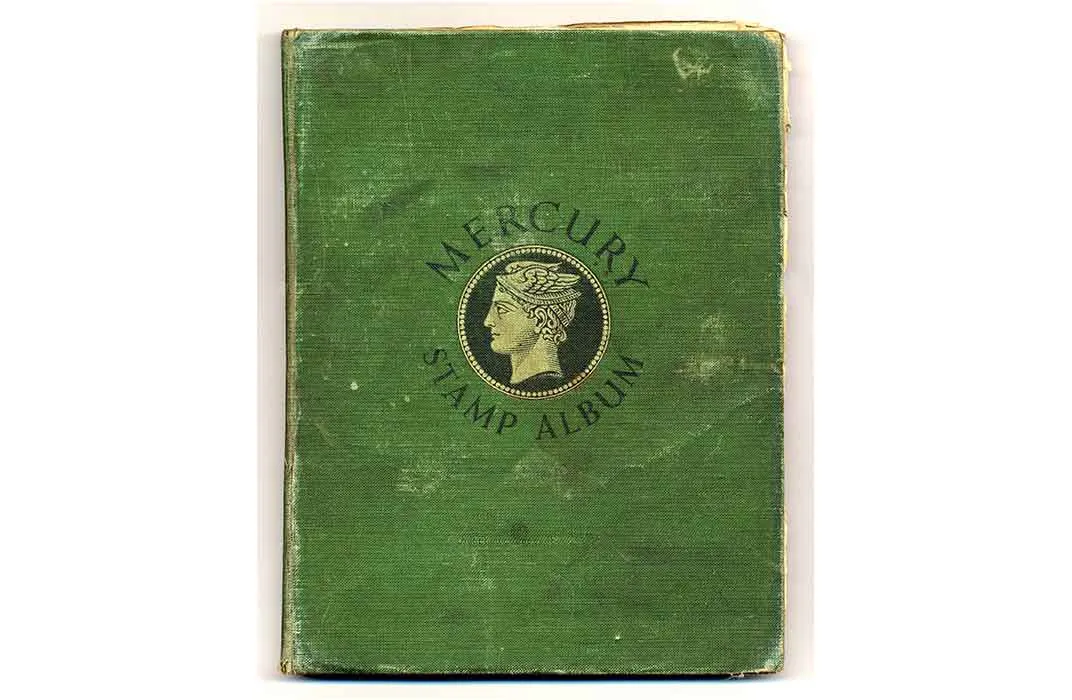
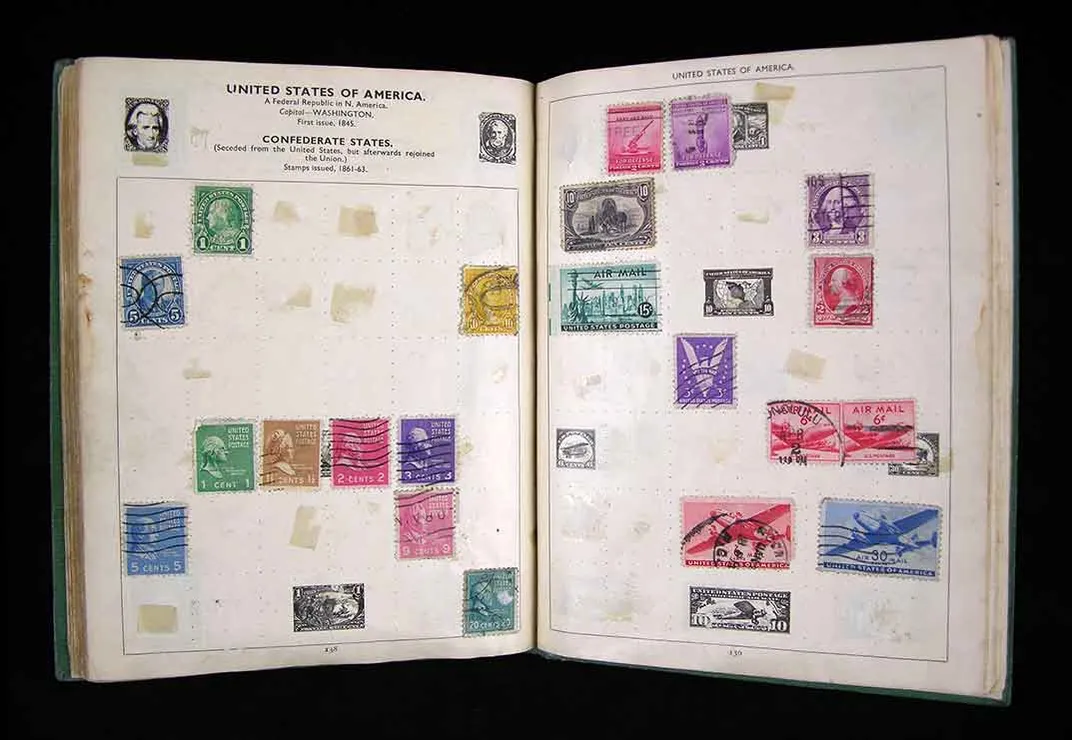
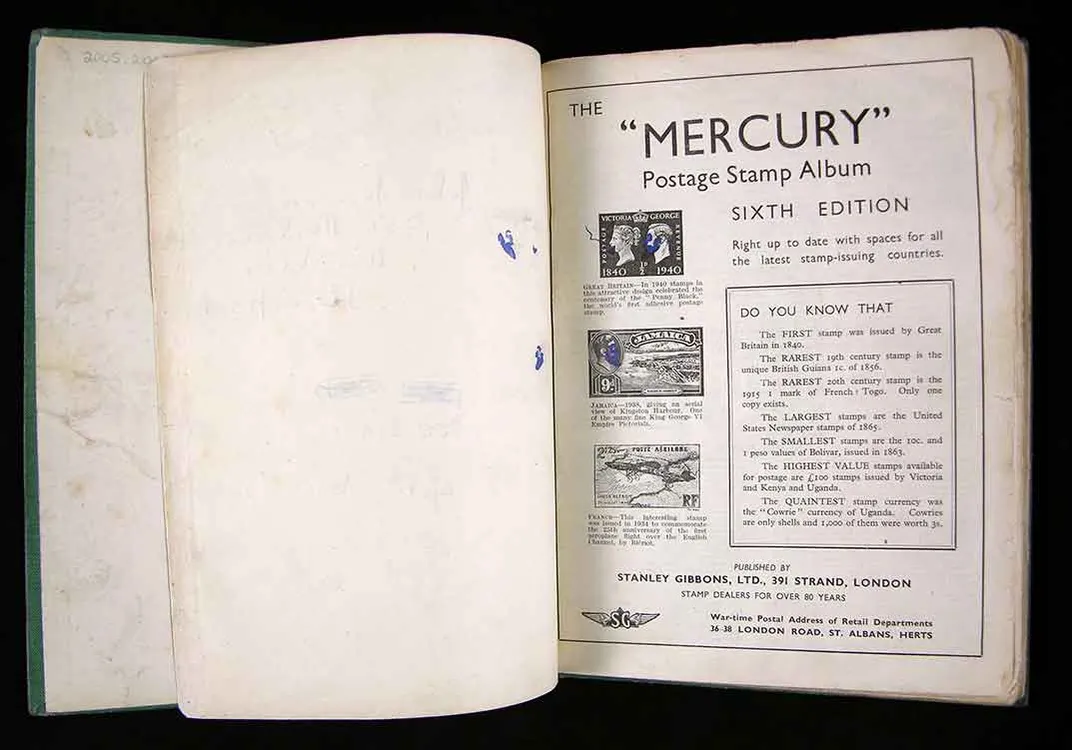
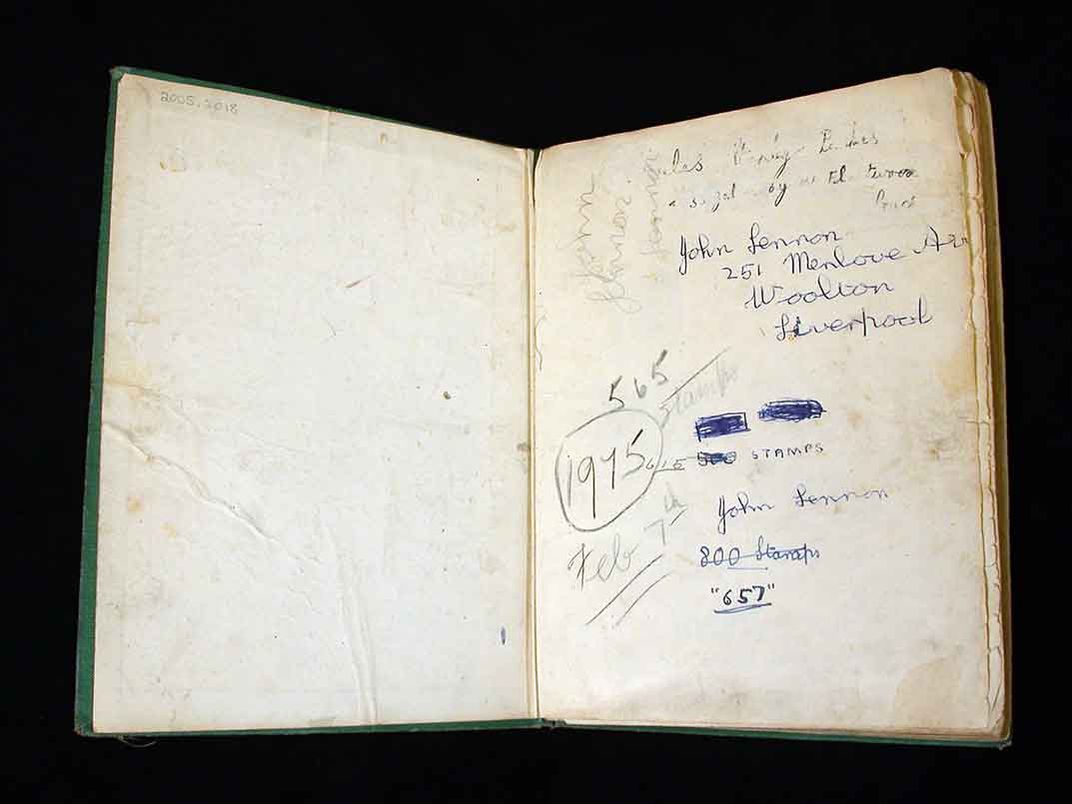
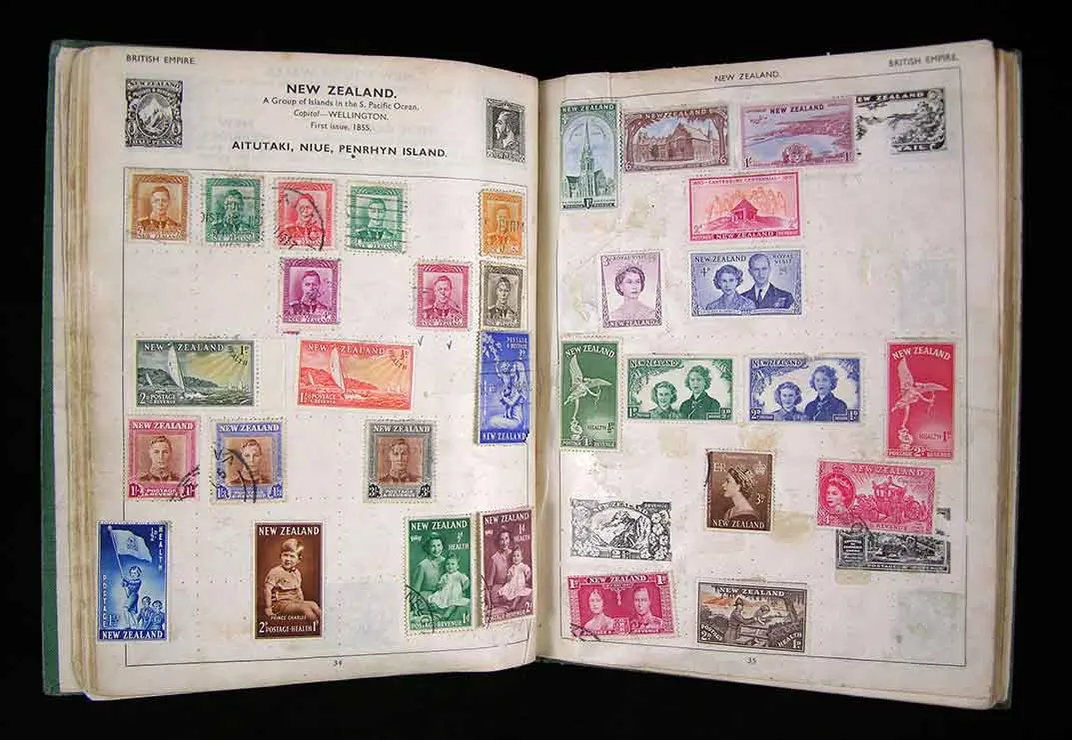
/https://tf-cmsv2-smithsonianmag-media.s3.amazonaws.com/accounts/headshot/Owen-Edwards-240.jpg)